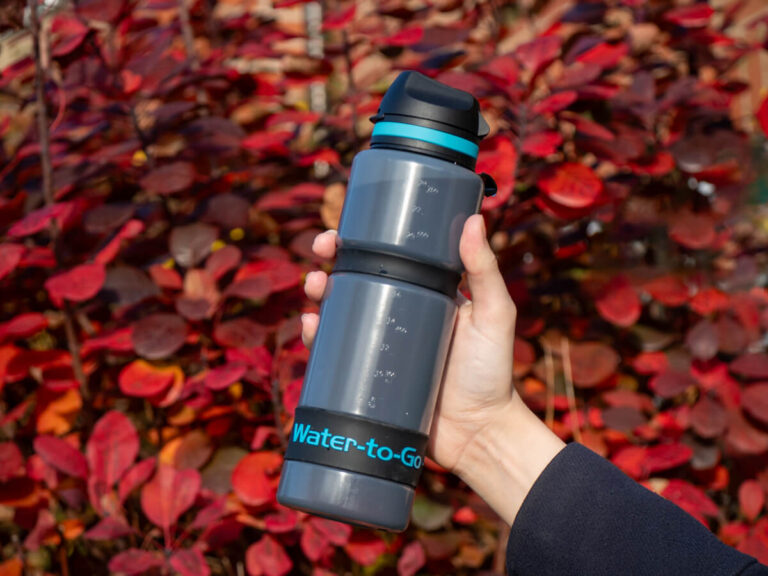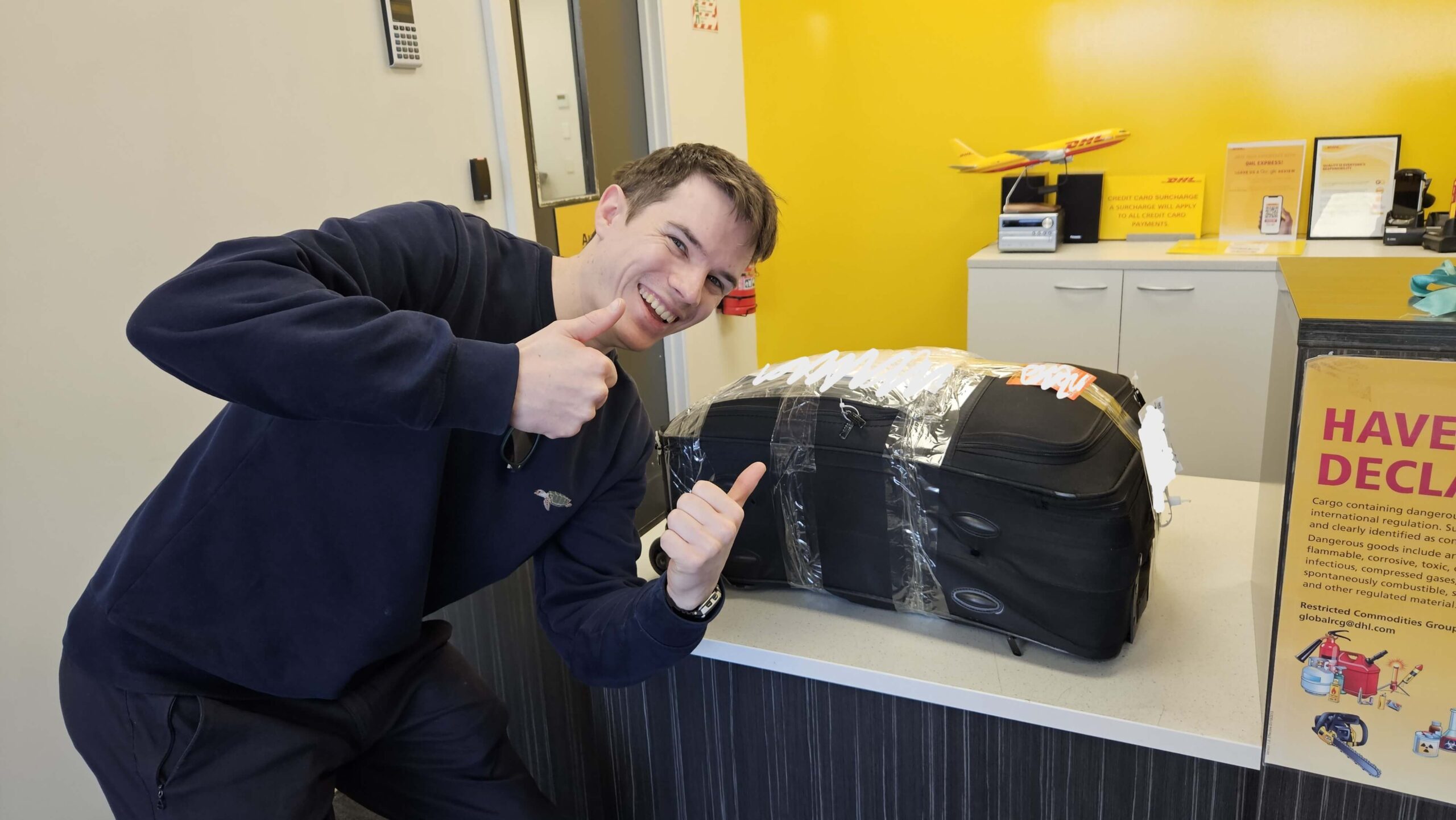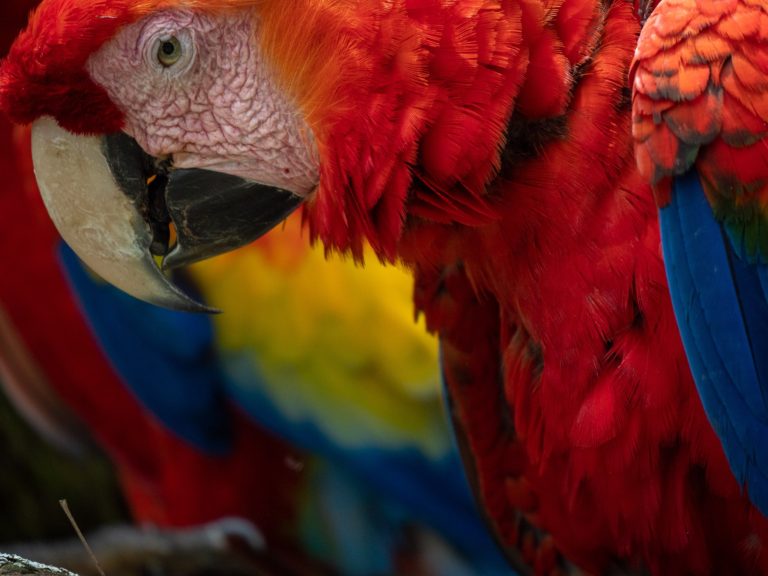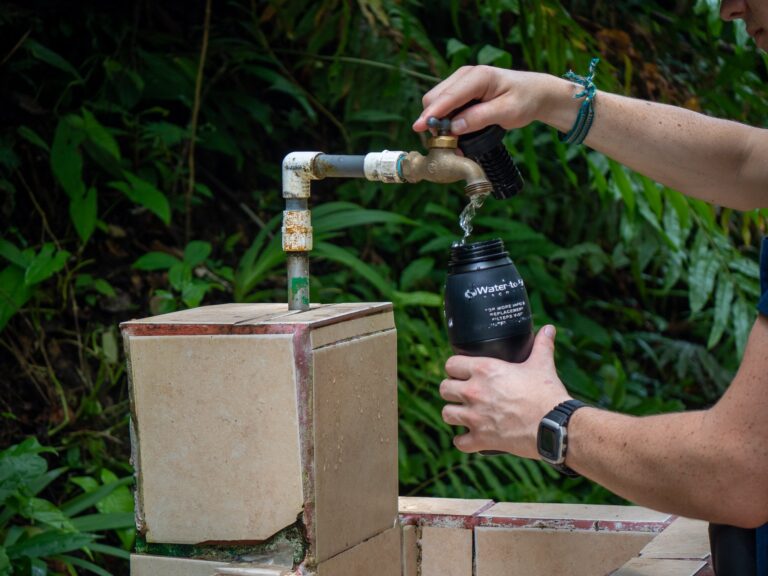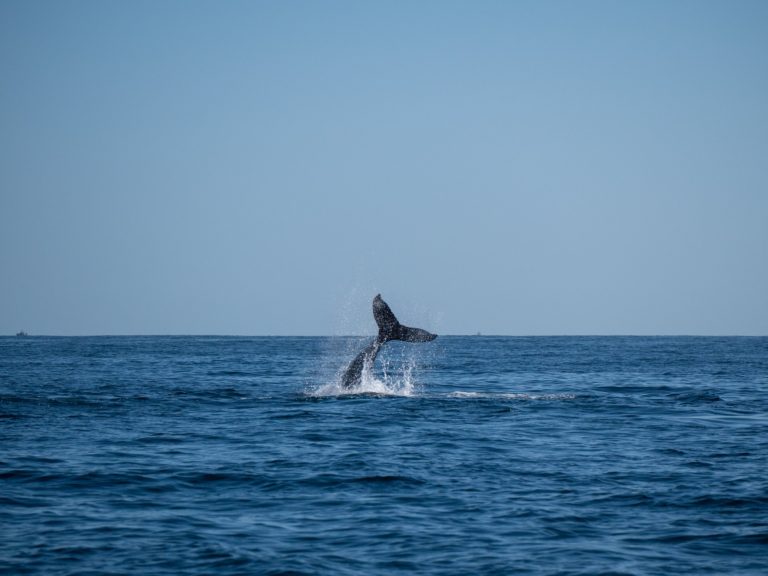Let’s Talk About The Plastic Problem
A discussion on The Plastic Problem as we understand it, the environmental impacts of plastic pollution and what we can do to combat it.
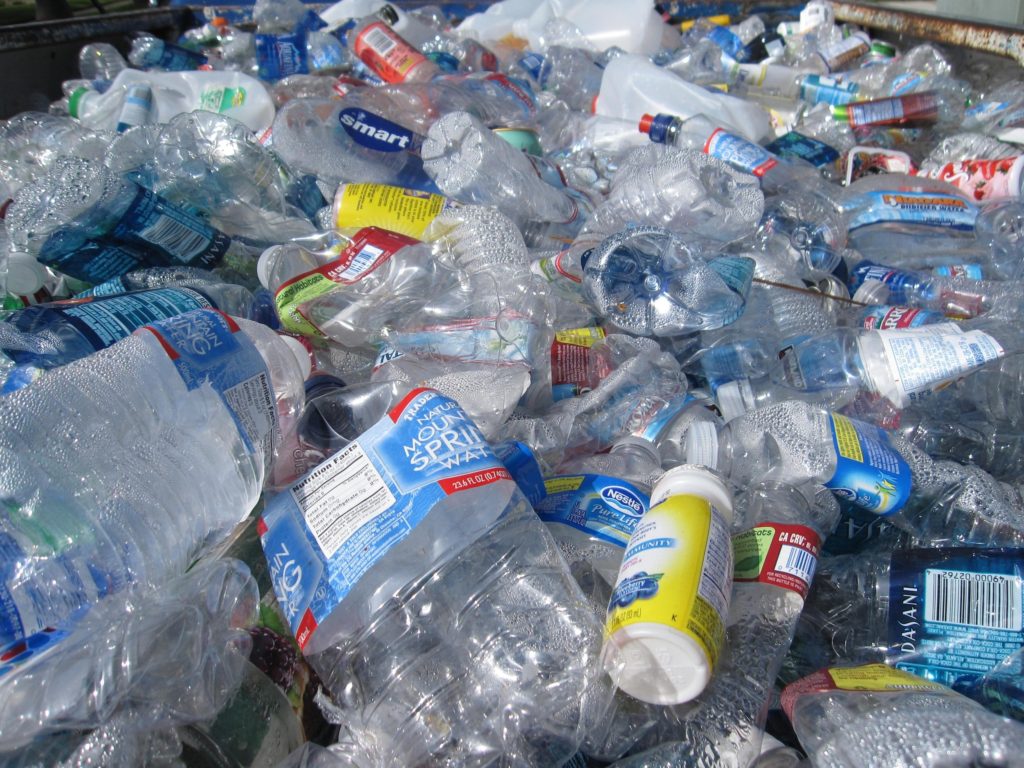
This post may contain affiliate links, which means we might earn a small commission on anything purchased through these links at no extra cost to you. Learn more on our disclaimer page.
There’s an overwhelming amount of information online about The Plastic Problem. But what is it and how does it impact you? In this post, we’ve summarised the main causes and issues of plastic pollution, as we understand them, as well as what you can do to combat them and what challenges still remain.
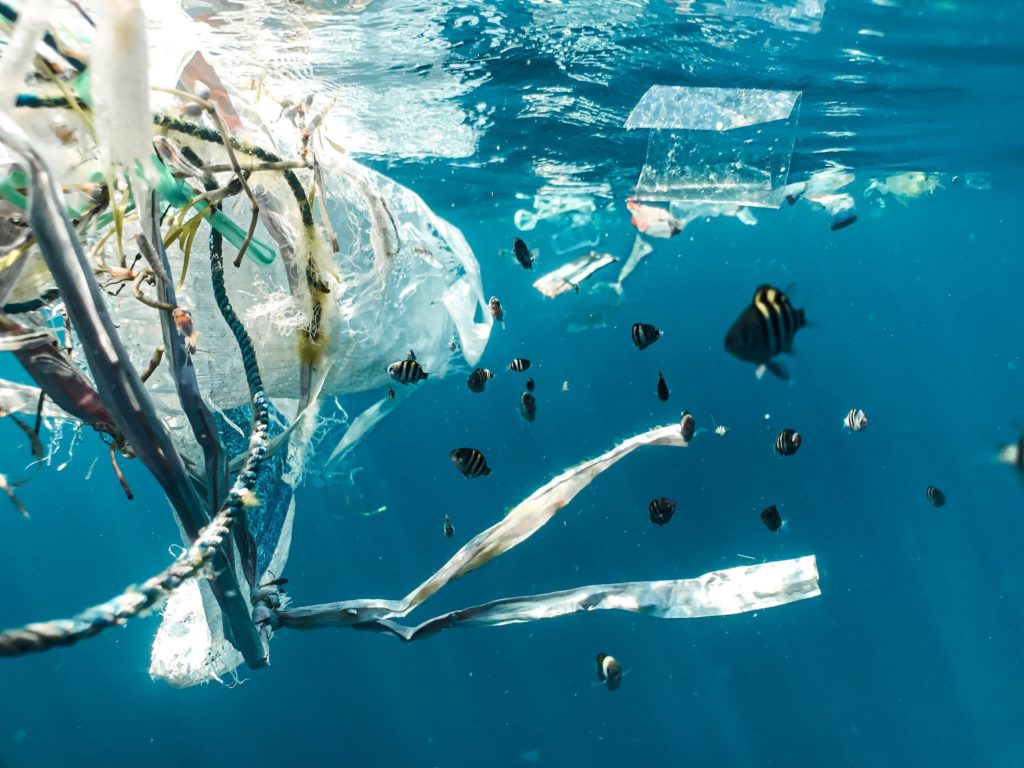
What is The Plastic Problem?
You might have heard the term “The Plastic Problem” thrown around, but what does it actually mean?
Plastics are made of synthetic or semi-synthetic materials made using polymers that can be moulded or pressed into solid objects of various shapes and sizes. Plastic is widely used in day-to-day life, from crisp packets to water bottles, to money – plastic is everywhere. And, while it may be an incredibly useful material, it’s when plastic is discarded that issues arise.
Almost all plastic isn’t biodegradable. It doesn’t rot like natural materials, it just breaks down into smaller and smaller pieces. This means plastic can stick around in the environment for hundreds of years. Here are the times it takes to break down some common plastic items:
- Plastic bag – 20 years
- Takeaway coffee cups – 30 years
- Plastic straws – 200 years
- 6-pack can plastic rings – 400 years
- Plastic bottles – 450 years
- Plastic cups – 450 years
- Disposable diapers – 500 years
- Coffee pods – 500 years
- Plastic toothbrush – 500 years
Erosion from the sea, sunlight, and wind breaks down plastic waste into tiny particles. Plastic that breaks down into pieces less than five millimetres (0.2 inches) in diameter is known as microplastics. Microplastics have been found all around the globe, from Mount Everest, the highest peak in the world, to the Mariana Trench, the deepest trough in the sea. And these microplastics are invading our lives too. In a study by Orb Media, more than 80% of the samples collected from tap water on five continents tested positive for the presence of plastic fibres.
The inability to compose means plastic is quickly polluting our environment, which comes with a whole host of problems. Plastic pollution is fast becoming one of the most important environmental issues we face today.
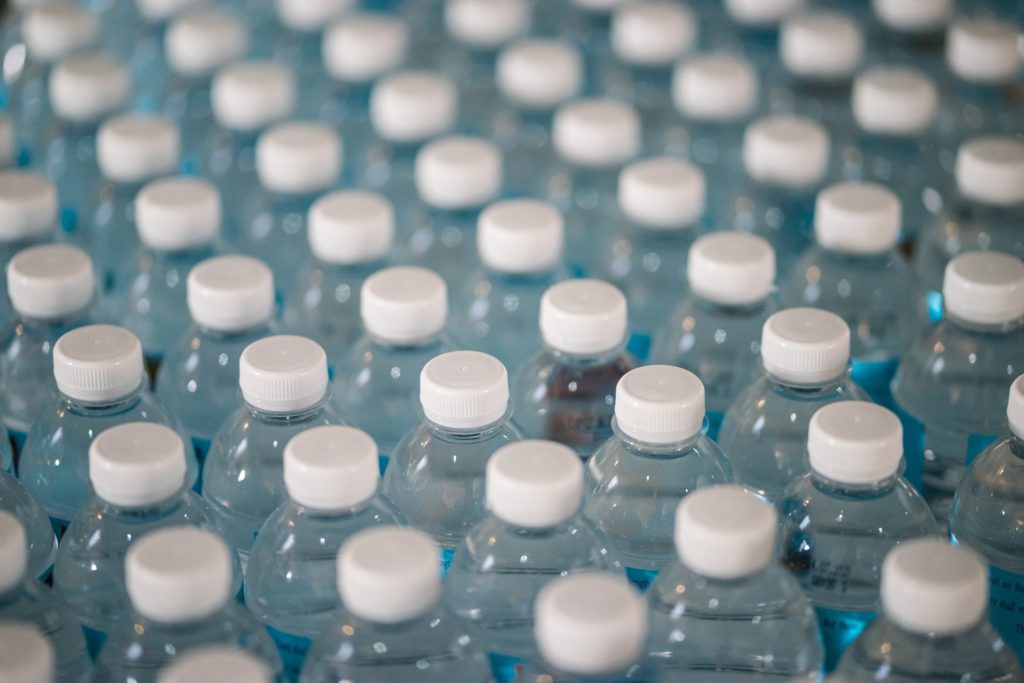
The issues with recycling plastics
You might be thinking: but why is plastic an issue when we can just recycle it?
Only 9% of plastics ever produced worldwide have been recycled.
Plastic pollution is a particularly prevalent problem in regions with poor or non-existent rubbish collection systems. Some parts of the world simply don’t have the resources to implement waste disposal systems so their plastic doesn’t get recycled – it either goes to landfill, is incinerated or gets dumped. Indonesia, the Philippines, Vietnam, Sri Lanka and Egypt are huge plastic polluters, largely due to the lack of waste management systems. The world’s biggest polluting country is China. According to the China National Resources Recycling Association, on average, only about 17% of the plastic used in China is recycled.
And the ‘developed world’ has a lot to answer for too. In the UK, 60% of UK plastic packaging sent for recycling is shipped abroad. Not only is that creating a huge carbon footprint, but most of this waste is then illegally dumped or burned. Australia alone manufactures almost 3 million tonnes of plastic every year but only recycles 12%. And in the US, the recycling rate is actually declining. Only 5-6% of municipal plastic waste was recycled in 2021, compared with almost 9% in 2018.
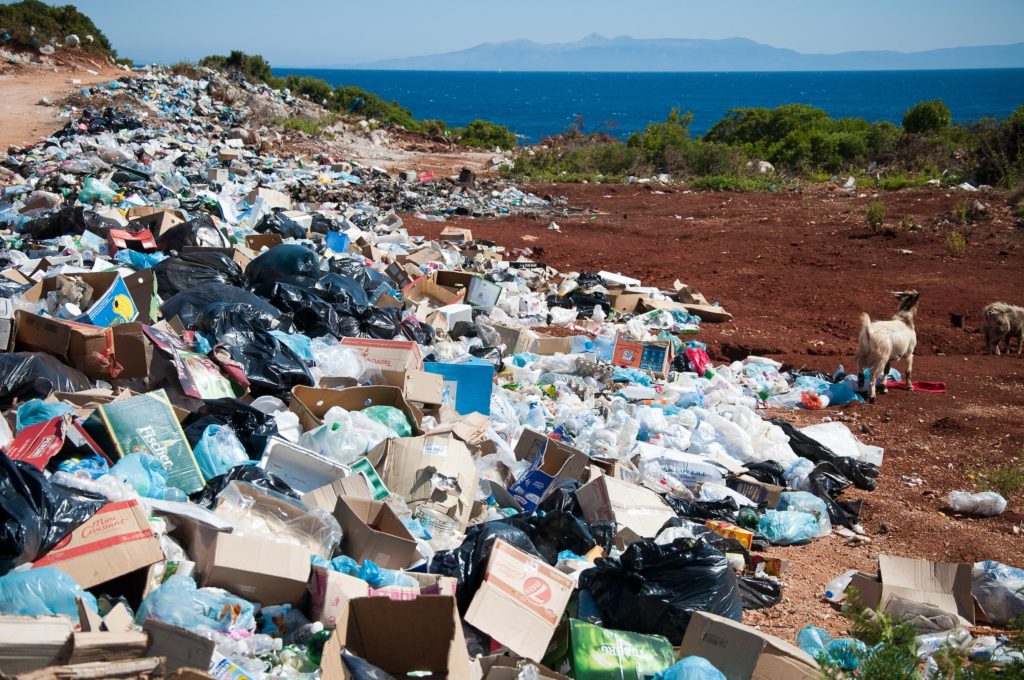
It’s clear there’s a worldwide issue with waste management and the proper disposal of recyclable materials. However, this is hugely impacted by the amount of single-use plastic that is produced. Items like plastic cups, cutlery, packaging and bottles that are used once and then binned are classed as single-use plastic and account for more than 40% of all plastic produced. Reducing or eliminating single-use plastic could severely benefit waste and recycling management schemes with far fewer plastics going to landfills.
It’s important to note that, for some, single-use plastics are essential to their health and quality of life. These products should still be available to those who need them, in tangent with the necessary waste disposal systems.
So where does all this plastic go if it’s not being recycled?
You might have heard of floating garbage patches or trash islands. These huge expanses of floating rubbish are created by sea currents carrying waste and pushing it into areas where it all collects together. The Great Pacific Garbage Patch, also called The Pacific Trash Vortex, is the most well-known garbage patch and spans 617,763 square miles (or 1.6 million square kilometres) from the West Coast of North America to Japan – that’s bigger than Texas and around 3 times the size of France! A garbage patch conjures images of huge amounts of plastic products floating in the sea. While there are large items in the Great Pacific Garbage Patch, like fishing gear and shoes, in reality, most of the pollution in this area is microplastics, which break down smaller and smaller but never degrade.
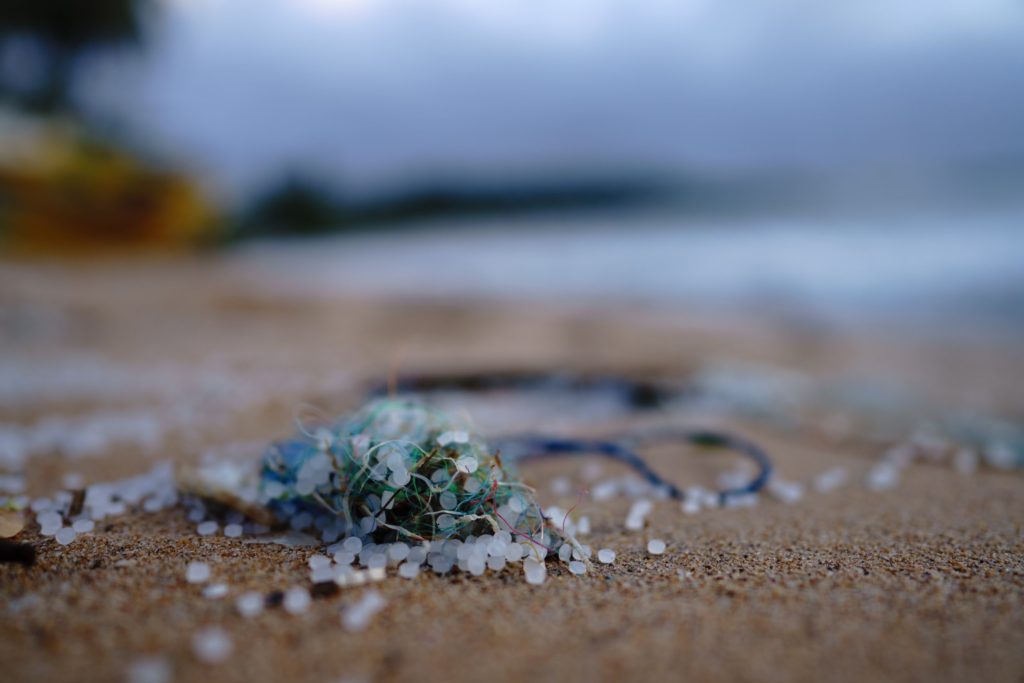
Environmental impacts of The Plastic Problem
Plastic doesn’t just litter our oceans and beaches, ruining landscapes and trashing once paradisiacal locations. Plastics can be harmful to animals too, both on land and in the sea. Animals can get trapped in items such as netting, or mistake plastic for food, eating items like plastic bags. Sea turtles are particularly at risk as they often mistake floating plastic bags for jellyfish. One study found that approximately 52% of all sea turtles globally have eaten plastic. A smaller study by the University of Exeter and Plymouth Marine Laboratory in the UK found that, out of 102 sea turtles inhabiting the Atlantic and Pacific Oceans, 100% had microplastics in their digestive systems.
Similarly, the number of seabirds dying as a result of plastic is currently estimated at 1 million a year. Fewer than 5% of seabirds studied in 1960 were found to have plastic in their stomachs, In 1980 this number had risen to a whopping 80%. It’s predicted that, by 2050, 99% of all seabird species will have ingested plastic.
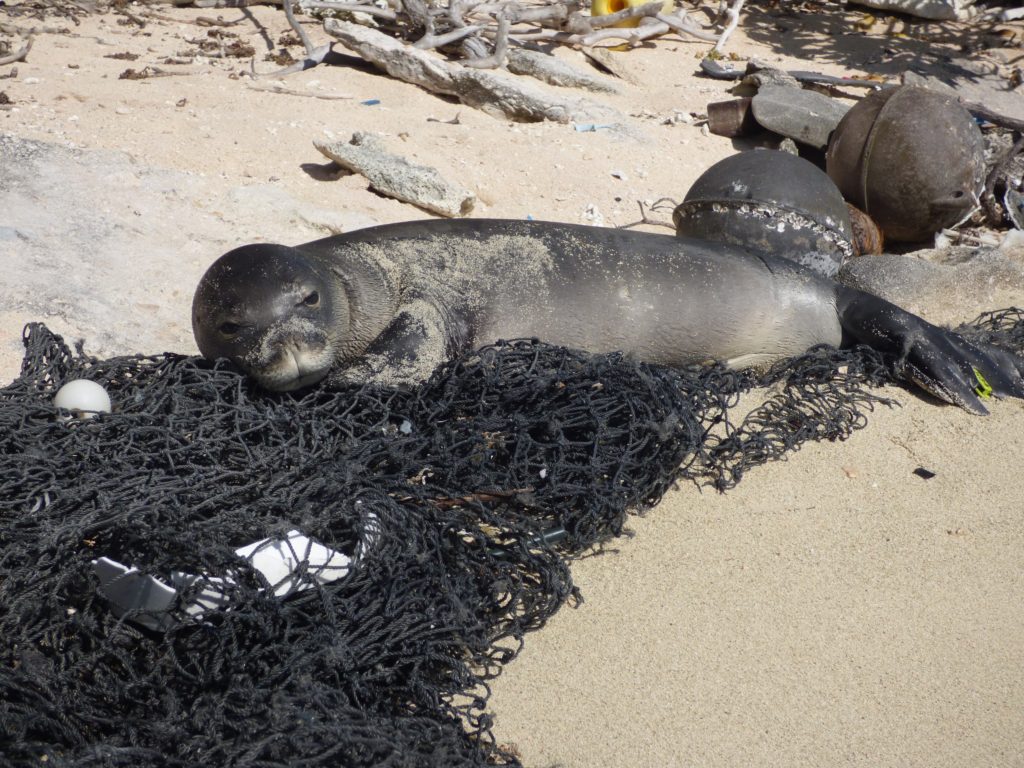
According to a study by Plymouth University, more than one-third of fish caught off the southwest coast of England have traces of plastic contamination known as microplastic or microbeads. These plastics come from sources including sanitary products and carrier bags that have been ingested by the fish. It’s believed that five trillion pieces of plastic are in the world’s oceans, and most of that is plastic that has escaped from landfills or been improperly discarded.
Experts believe that by 2050 the amount of plastic in the ocean could outweigh the amount of fish in the ocean.
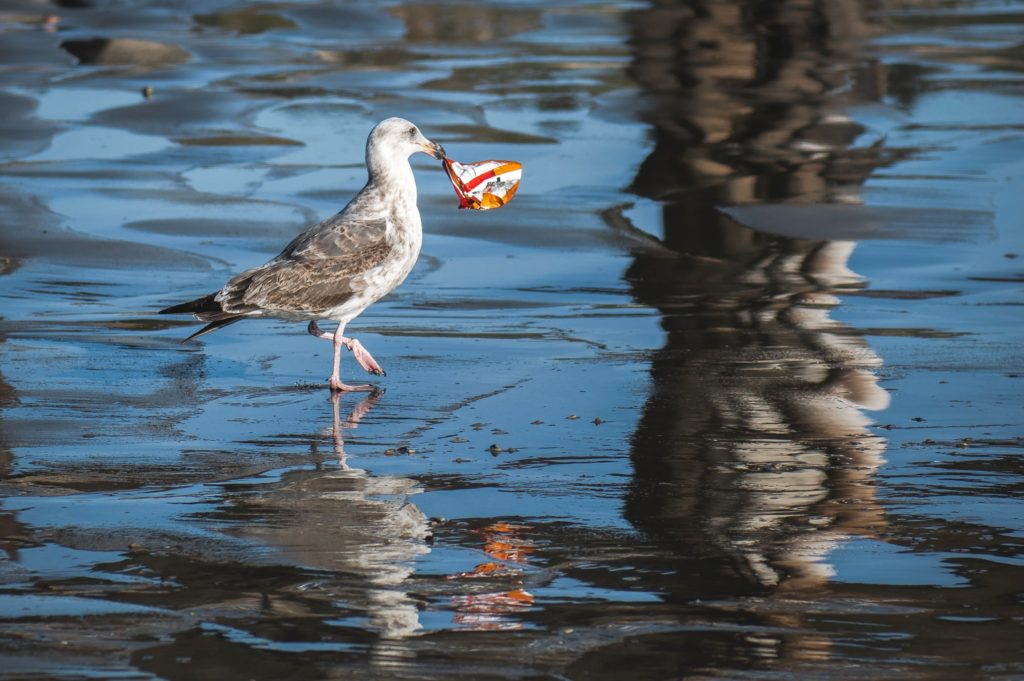
Greenwashing The Plastic Problem
While these statistics may be shocking, ingestion of plastic actually isn’t the biggest plastic threat facing wildlife. Most animal deaths caused by plastic are because of entanglement or starvation. Seals, whales, turtles, seabirds and many other species can be strangled or entangled and left to die by plastics such as discarded fishing nets, beer-can rings and even disposable face masks. And while we might feel guilty for using single-use plastic and switch to using metal straws, these are not the main sources of plastic pollution.
According to Phys and the UN, plastic straws are responsible for just 0.025% of ocean plastic. While at least 10% of marine litter is estimated to be made up of fishing waste, like fishing gear and fishing nets (WWF).
Fishing gear makes up to 46% of Great Pacific Garbage Patch alone.
Let’s talk about greenwashing.
Greenwashing: “the act of misleading consumers regarding the environmental practices of a company or the environmental performance and positive communication about environmental performance” [TerraChoice].
There’s a lot of misleading information about plastic pollution. Too many companies and organisations have an agenda to fill and statistics can be manipulated to support pretty much anything. We as individuals can make changes to our lifestyles that can benefit the environment and help to tackle plastic pollution. However, the impact is small in comparison to the changes that the largest producers of plastic materials and waste can make. The notion that plastic straws are the devil is simply distracting from the fact that just 20 companies produce more than 50% of the world’s single-use plastic waste, while the top 100 companies account for 90% of all single-use plastic waste.
It’s important to reduce personal plastic consumption, but it’s equally important to stop plastic pollution at the source.
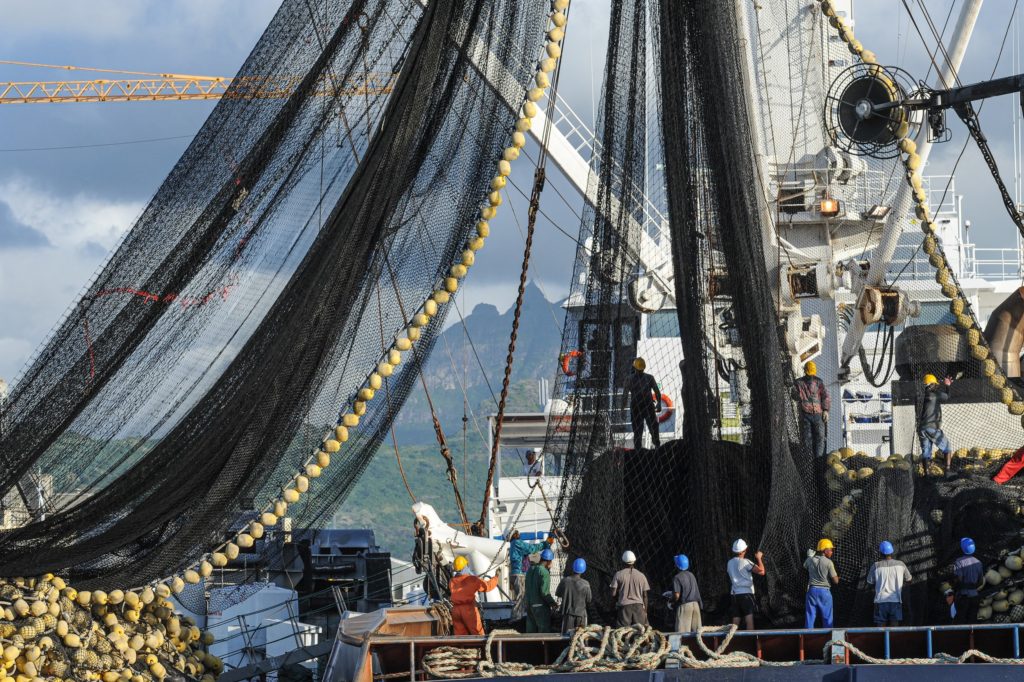
What can you do to combat The Plastic Problem?
Just because the change we can make is small doesn’t mean it’s worthless. In fact, we are entirely responsible for our own plastic consumption. You’ve probably heard the phrase: Reduce, Reuse, Recycle. It’s been drummed into us since we were small but we’ve never really stopped to think about what it means in real life.
Reduce
As we’ve mentioned above, cutting down single-use plastics is the single most effective thing we can do to tackle plastic pollution. Switching our consumer habits to those that support sustainable packaging and eliminate plastic use is the best way we can change little things in our lives that cut down on plastic. Reducing or eliminating fish (that has not been caught sustainably) from your diet is also a way you can reduce your plastic pollution, as you cease to support waste as a result of the fishing industry.
Reuse
Buying reusable products like a steel coffee cup, insulated water bottle or bamboo cotton pads can help to reduce your single-use plastic consumption massively. Repurposing items is also a more sustainable habit that can cut down on waste.
Recycle
We’ve pointed out some issues with recycling systems, but recycling what you can as a consumer is far better than sending everything to a landfill. Ensuring you clean and sort your recycling properly will benefit recycling centres and reduce the amount of plastic sent for incineration.
Ultimately, The Plastic Problem is bigger than you or me. The responsibility to implement strategies that tackle plastic pollution lies with world leaders and governments, while the responsibility to reduce and eliminate plastic lies with the food and drinks companies and industries that produce and use plastics.
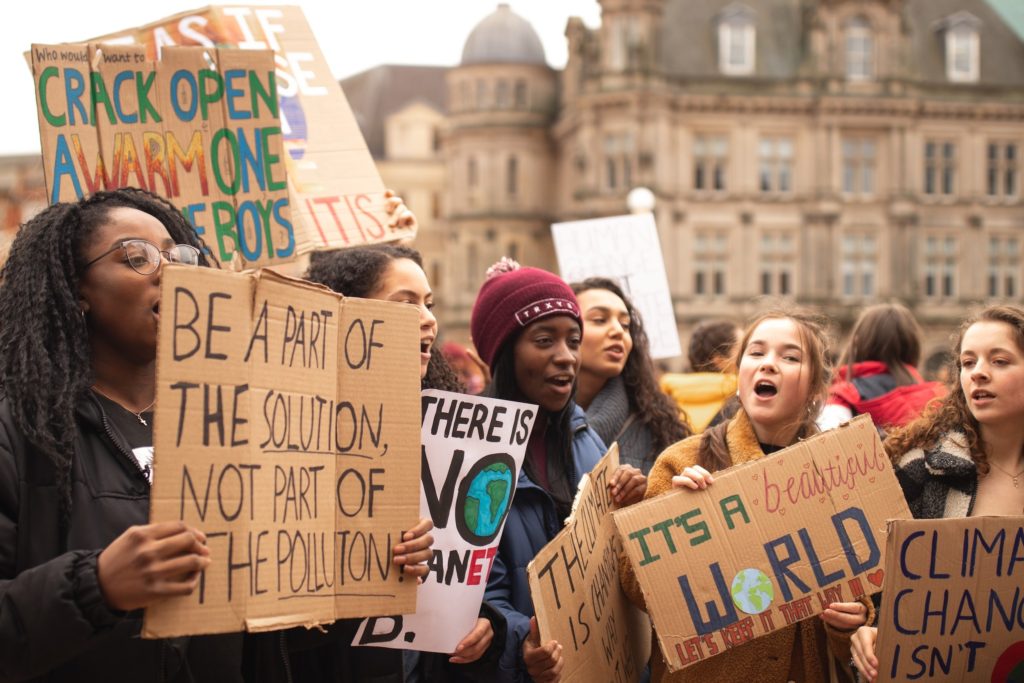
To put pressure on these massive corporations and our own governments, we can sign and share large petitions that force discussions and eventually legislation to combat The Plastic Problem. We can also donate to causes and organisations that are already taking action to help reduce the negative impacts we humans have on the environment.
Petition
Organisations such as WWF (the World Wildlife Fund) and Greenpeace (a global network of independent national and regional campaigning organisations) regularly write petitions that are accessible to anyone with an internet connection. Once over a certain signature threshold, these petitions are then sent to the relevant governments and corporations. If you do sign a petition, remember to share it with others to keep the conversation going.
- WWF petitions: US, UK
- Greenpeace petitions: US, UK
- Government petitions: US, UK
- Plastic Pollution Coalition petitions here
- Change.org petitions here
Donate
You can easily donate to organisations such as the ones mentioned above along with countless others. We have listed a few relevant organisations below but feel free to do your own research and find organisations that are doing work that resonates with you. There’s no amount too small (or too large) and anything donated is always gratefully accepted. And if you don’t have the means to donate money, consider donating your time to campaigning and getting the word out.
- Donate to WWF here
- Donate to Greenpeace here
- Donate to Ocean Clean Up here
- Donate to Sea Change here
- Donate to the Marine Conservation Institute here
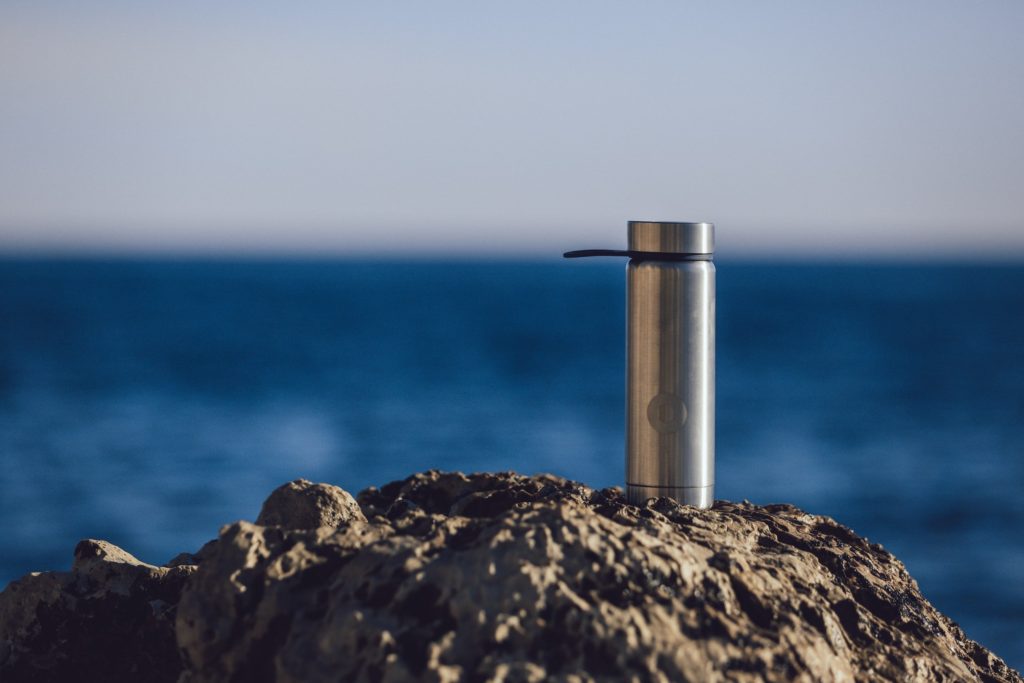
What is being done to combat The Plastic Problem?
There’s been a big movement in recent years to globally ban and cut down on single-use plastics. Countries such as the UK, Australia and the USA have implemented bans on single-use items such as straws, cotton buds and glitter. Microplastics have been banned from products like face scrubs and toothpaste, while charges for plastic bags in supermarkets have been introduced, where they’ve not been banned altogether. Other countries including Germany, Norway and Sweden have introduced a Deposit Return Scheme which helps to recycle over 90% of their plastic bottles. Simultaneously, some food and beverage brands have moved to plastic-free, recyclable or recycled packaging.
Larger gestures are being made too. The United Nations Environment Assembly is in the course of creating an international legally binding agreement by 2024, with the aim to end plastic pollution. The UK government has promised to cut all avoidable plastic waste by 2042. While the US city of Seattle has banned all single-use plastic items.
But is this enough?
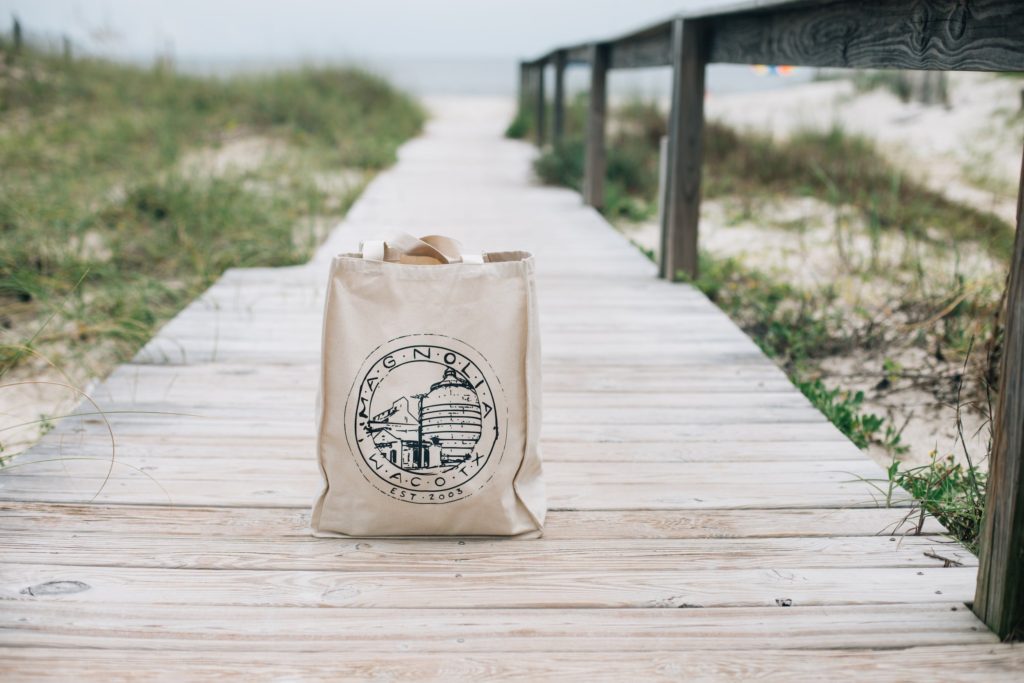
The solution to plastic pollution is two-fold:
- Prevent plastic waste from entering our natural environment in the first place
- Remove the plastic already in our environment.
Prevent plastic waste from entering the environment
To truly achieve a world without plastic pollution, we still have a long way to go. We need to globally:
- Improve waste management systems
- Improve recycling systems
- Reduce and eliminate single-use plastic products
- Replace plastic products with ones made with sustainable materials
Remove the plastic already in our environment
Local initiatives like beach clean-ups are effective at removing plastic from our environment on a small scale, but until more is done to effectively recycle plastic, it just goes back into the flawed system of waste management.
No nation has taken responsibility for cleaning up the Great Pacific Garbage Patch. However individuals and international organisations are dedicated to preventing the patch from growing. The non-profit group The Ocean Cleanup are developing and scaling technologies to rid the ocean of plastic and a test installation has already pulled 20,000 pounds of plastic from the ocean.
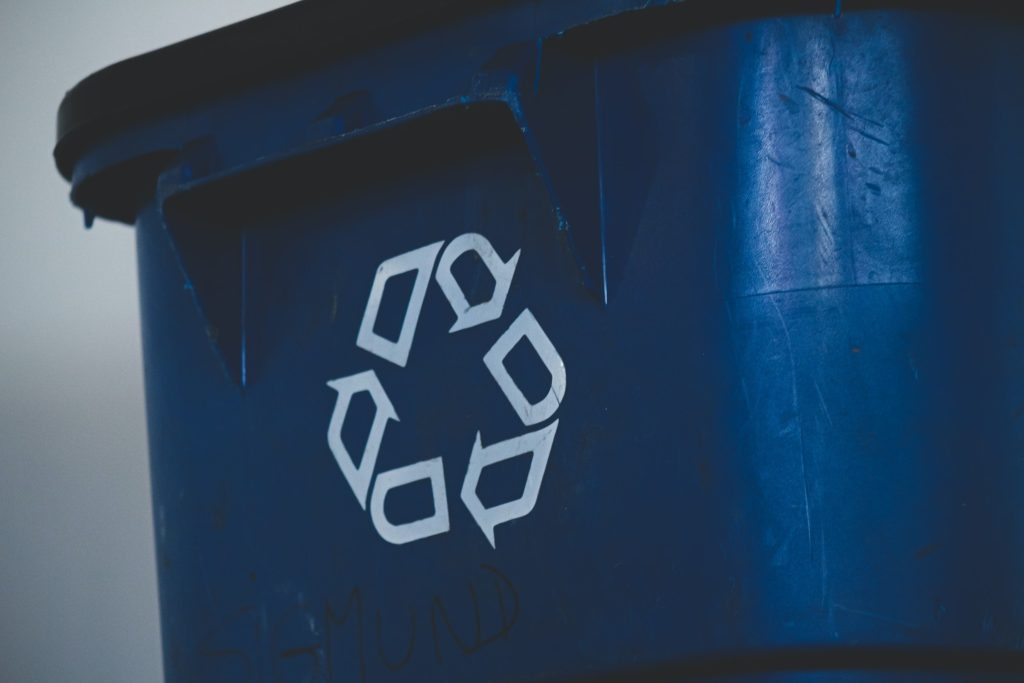
Plastic use in the travel industry
Travel is a notoriously wasteful industry. From increasing CO2 to damaging natural areas and eroding culture, travel can create a whole host of negative impacts – but it doesn’t have to. The on-the-go nature of travel means travellers are often forced to choose between the convenient option and the eco-friendly option. Lack of space in your backpack means you may not be able to carry reusable products you have at home and all too often you find yourself faced with single-use plastic products, from takeaway boxes to single-use coffee cups and mini hotel toiletries. A lack of clean drinking water in certain parts of the world can also make it necessary to buy plastic water bottles if you don’t have a filter water bottle. But with a bit of forethought and preparation, it is possible to travel sustainably. Ultimately, the best thing we can do as travellers is to think ahead and to keep up-to-date and involved with sustainable travel practices.
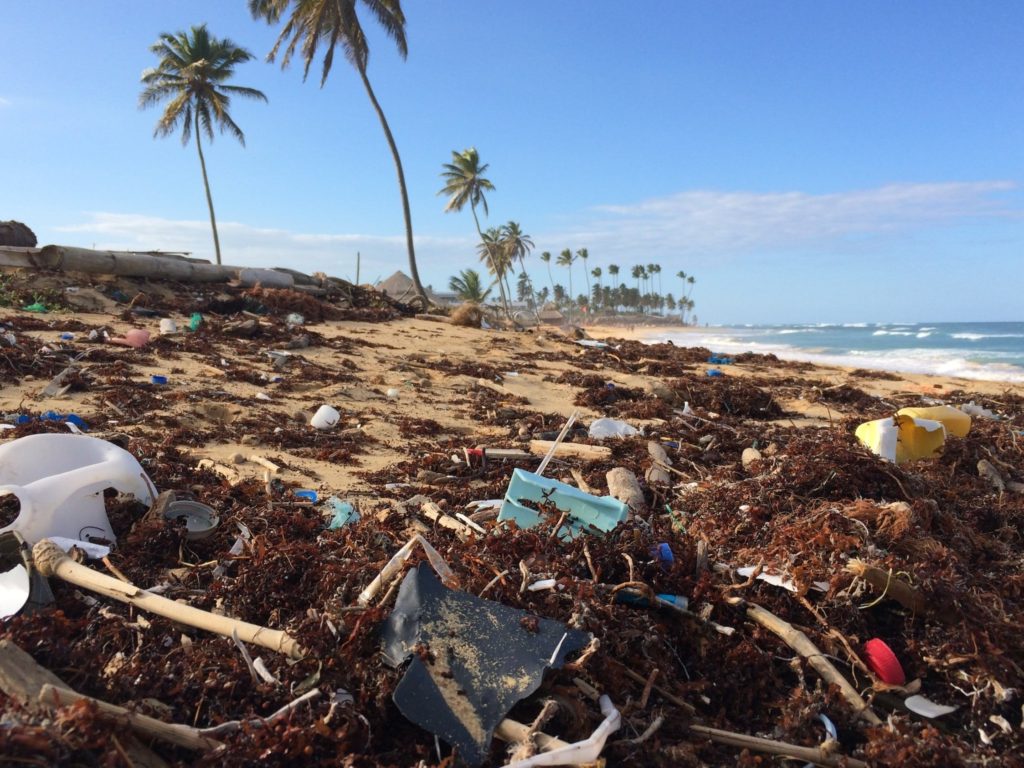
Resources: further reading on The Plastic Problem
Concepts and forms of greenwashing: a systematic review
The Value of China’s Legislation on Plastic Pollution Prevention in 2020
BBC UK: What is the problem with plastic?
Breast Cancer: Exposure to Chemicals in Plastic
GOV.UK: UK Prime Minister launches 25 Year Environment Plan
Greenpeace: What really happens to your plastic recycling?
National Geographic: The world’s plastic pollution crisis explained
Orb Media: Invisibles – The Plastic Inside Us
Statista: Domestic plastic packaging recycling and exports in the United Kingdom from 2010 to 2021
Statista: Plastic waste in the United States – statistics & facts
The Ocean Cleanup: Great Pacific Garbage Patch
United Nations: End plastic pollution: towards an international legally binding instrument
WWF: How many birds die from plastic pollution?
WWF Australia: Plastic pollution is killing sea turtles: Here’s how
WWF Australia: The lifecycle of plastics

Read next:
The 15 Best Travel Water Bottles from Companies That Give Back
The 20 Best Gifts for Travellers from Eco-conscious Brands
Let’s Talk About Ethical Wildlife Tourism
Let’s Talk About Travel Insurance: The 6 Best Travel Insurance Companies
Let’s Talk About Tour Companies: The Pros and Cons
Check us out on social media!

